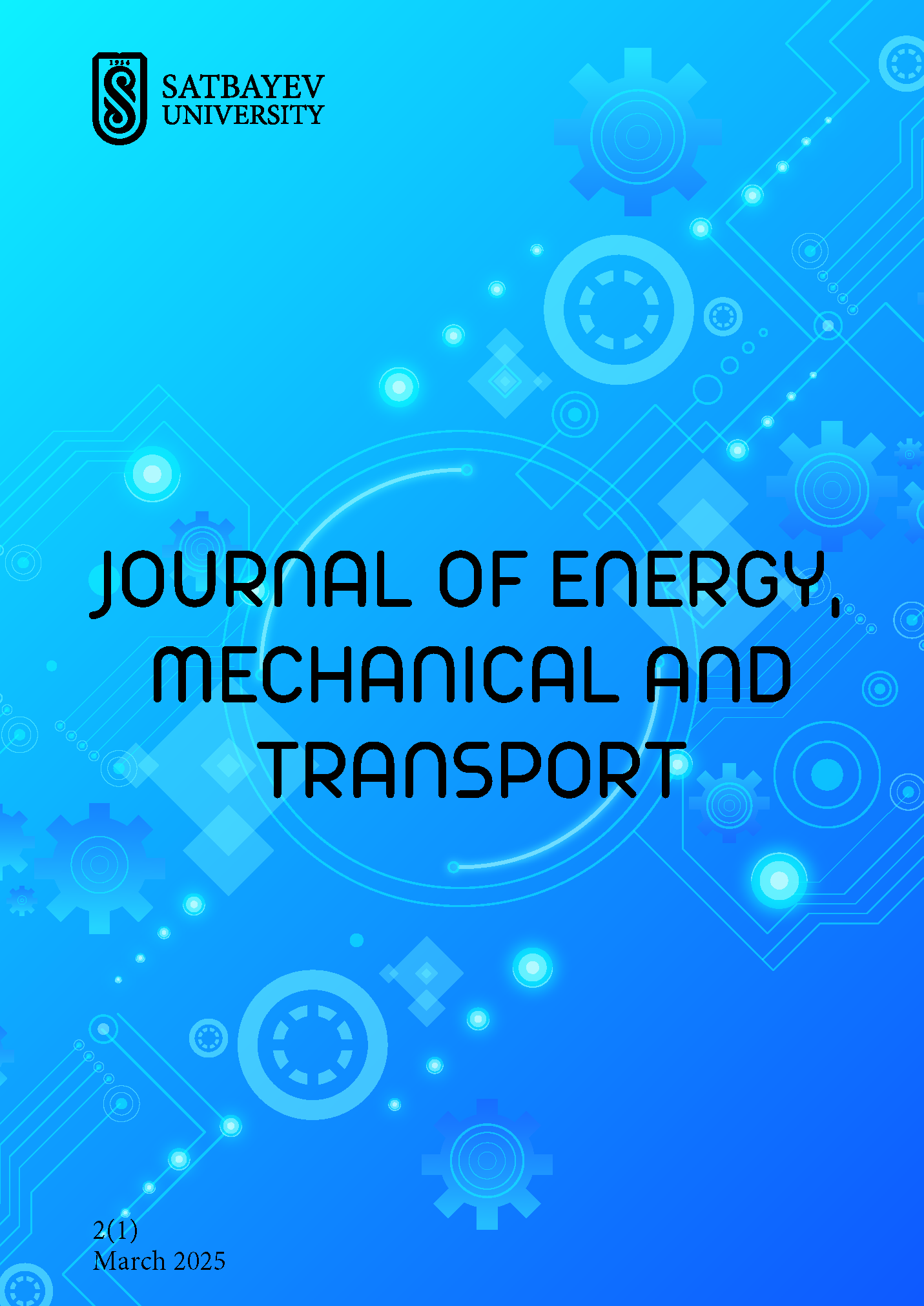Study of the influence of electric arc parameters on the structure of parts manufactured using WAAM technology: heat input, wire feed rate
DOI:
https://doi.org/10.51301/jemet.2025.i1.02Keywords:
WAAM technology, welding parameters, heat input, wire feedAbstract
The article analyzes the fundamentals, application features, and key parameters of wire-arc additive manufacturing (WAAM) technology. WAAM technology enables the precise and efficient production of complex metal structures, making it a promising method in modern manufacturing. The primary advantage of WAAM lies in its ability to produce large metal parts at high speed using a layer by layer manufacturing approach. The key parameters of the technology - heat input and wire feed rate - directly impact the quality of the final product. The study examines various welding methods (gas metal arc welding, gas tungsten arc welding, and plasma arc welding), demonstrating how optimizing these parameters can significantly improve the quality of WAAM products. It was also found that the thermal cycles of each layer affect the formation of the microstructure. Controlling the heat input is crucial for effective process management. The challenges of WAAM technology development include the need for part certification, advancements in non-destructive testing methods, and optimization of heat input parameters. Addressing these issues will enhance production efficiency and expand the application scope of WAAM.
Downloads
Published
How to Cite
Issue
Section
License
Copyright (c) 2025 Journal оf Energy, Mechanical Engineering and Transport

This work is licensed under a Creative Commons Attribution-NonCommercial-NoDerivatives 4.0 International License.
<div class="pkpfooter-son">
<a rel="license" href="http://creativecommons.org/licenses/by-nc/4.0/"><img alt="Creative Commons License" style="border-width:0" src="https://i.creativecommons.org/l/by-nc/4.0/80x15.png"></a><br>This work is licensed under a <a rel="license" href="http://creativecommons.org/licenses/by-nc/4.0/">Creative Commons Attribution-NonCommercial 4.0 International License</a>.
</div>





